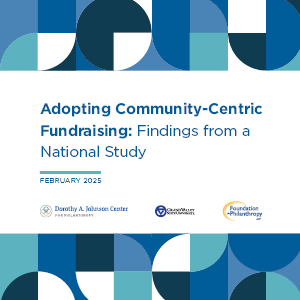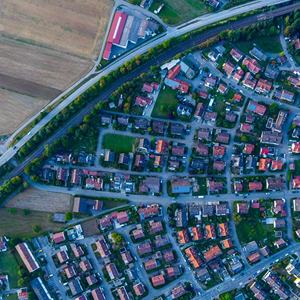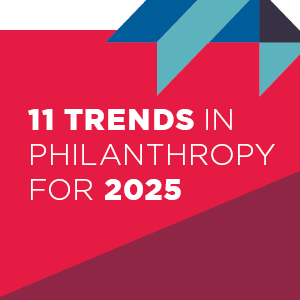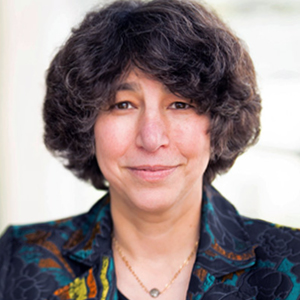Report // Health Equity in Grand Rapids’ “Neighborhoods of Focus”

Beyond individual physiology and health-related behaviors, there are environmental, economic, and social factors that influence our health. Because these factors are beyond our personal control but make up the world we live in, we commonly refer to them as the “social determinants of health.”
Social determinants of health impact individuals and communities differently and often uniquely, shaping health experiences and contributing to health inequities. The opportunity to achieve and maintain good health is the consequence of these life factors and influences.
A report from the Johnson Center’s Community Data and Research Lab and Just Solutions, produced with support from the W.K. Kellogg Foundation, offers demographic and baseline data on the social determinants of health in several Grand Rapids neighborhoods.
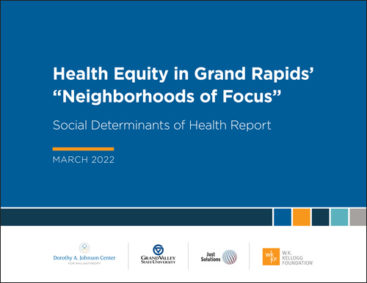 The Health Equity in Grand Rapids’ “Neighborhoods of Focus” Social Determinants of Health Report investigates how many health-promoting resources — like education, transportation, and homeownership — are unevenly distributed within 17 census tracts across the west and southeast portions of the city. The area of focus stretches from approximately John Ball Park on the city’s westside, to Eastown and neighborhoods to the south of Wealthy Street.
The Health Equity in Grand Rapids’ “Neighborhoods of Focus” Social Determinants of Health Report investigates how many health-promoting resources — like education, transportation, and homeownership — are unevenly distributed within 17 census tracts across the west and southeast portions of the city. The area of focus stretches from approximately John Ball Park on the city’s westside, to Eastown and neighborhoods to the south of Wealthy Street.
The report, specifically, explores the following social determinants of health:
- economic stability, including employment and income levels;
- access to healthcare;
- housing;
- access to healthy food and nutrition;
- education access and quality; and
- transportation and the built environment.
The findings and recommendations included in the report are not offered to settle meaningful debates and discourse, but to deepen them. We aim for this baseline data to be used as a launching pad for sustained community conversation and action aimed at moving the Neighborhoods of Focus away from disparity and toward equitable opportunity and health.
Key findings include:
-
Children living in the NOF were almost three times more likely to live in poverty than children across Kent County (44% versus 16%) and two times more likely than children across Michigan (20%). Hispanic or Latino/a/x children and Black/African American children were the most likely to live in poverty in the NOF compared to white children (49% and 48%, respectively, compared to 25%).
-
The unemployment rate was two times higher in the NOF (8%) than in the City of Grand Rapids (4%), Michigan (4%), and nationally (4%). Black/African American people living in the NOF were almost four times more likely to be unemployed than white people (17% versus 4%).
-
More than twice as many people in the NOF were uninsured in 2019 (13%) compared to Kent County (6%) and Michigan (6%) as a whole. More than a quarter of people who reported being “Some other race” had no health insurance, and 23% of Hispanic or Latino/a/x people reported the same. Both of these rates were approximately three times higher than the share of uninsured white people (8%).
-
Higher proportions of homeowners and renters in the NOF reported being overburdened with housing costs compared to the city of Grand Rapids, Kent County, and Michigan overall. Specifically, two in five renters and one in four homeowners in the NOF reported being overburdened with housing costs, spending 30% or more of their income on housing.
-
There was a total gap of 3,486 child care slots for children 5 years and younger living in the NOF based upon early child care and education provider capacity.
- The NOF had six acres of parkland per 1,000 people, less than Grand Rapids on the whole with seven acres per 1,000 people, and Kent County with 11 acres per 1,000 people. According to national benchmark best practices, parks and recreation agencies should strive to offer 10 acres of parkland per 1,000 people.



